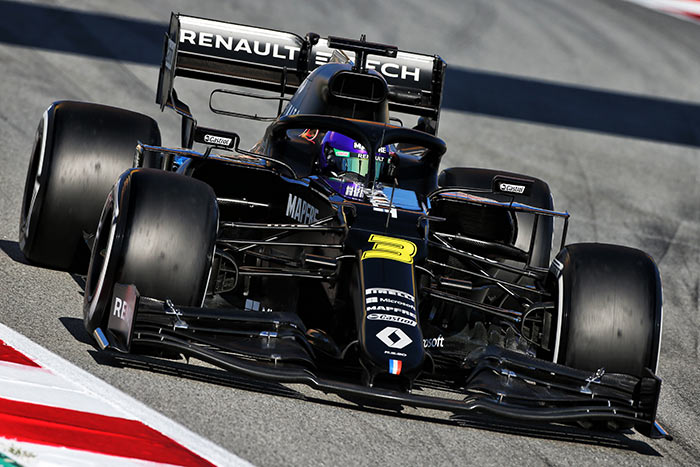godlameroso wrote: ↑12 Nov 2020, 18:12
You can't stop oil burning, it's a feature of all piston engines. There's always some oil on the cylinder walls, the rings shear this oil, and aerates it as the piston travels up and down, and is dispersed by the quench zone, the area where the cylinder head meets the cylinder itself. This is defined by the head sealing and O-ring/head gasket, and general shape of the combustion chamber. The quench area is a big source of detonation because of the tendency for fuel and oil to mix in the quench area of the combustion chamber.
There's no way to stop oil burning due to the nature of piston engines, some oil will also enter the valve guides regardless of what you do.
Oil burns much slower than gasoline does, so when you burn oil, you increase the chances of low speed pre-ignition, which leads to the worst form of detonation, uncontrolled detonation.
You have choices, use oil that burns faster to avoid LSPI, which will naturally affect oil consumption, or additives in the oil that make oil less likely to combust, thus avoiding LSPI, or you change the rings, because the rings are what control piston sealing and oil scraping on the cylinder walls. You make stronger rings that scrape the cylinder walls, in turn you need stronger cylinder walls to cope with the added ring friction from being forced by the regulations to be tighter with oil control.
Then you invest money because you learn the way the rings sit in the piston has huge influence on detonation, and your hard AF piston rings don't seal well with your expensive AF piston treatment which while making the ring lands hard AF has poor sealing due to the porosity of the material. So you invest tons of money in getting the ring grooves to sit perfectly flat because it helps ring sealing massively. But now you have more power(more cylinder pressure pushing the rings into the cylinder wall) and more wear on the piston skirt(more thrust forces), so you have to make even stronger pistons, and cylinder walls, because you're not allowed to burn as much oil as before.
How do you remedy this? Better lubricants, of course, mechanically how do you fix this? Oh you know just change block architecture to increase rod ratio, which means new crank, new rods, new cylinder head, new timing gears. Typically increasing rod ratio lowers thrust forces, of course neither extreme is good for various reasons, but finding the sweet spot takes a fair bit of trial and error even with current simulations.
All this and about 5 months have gone by and you've spent over $100 million on test engines, new tooling, man hours, logistics, etc. Meanwhile the same bloody engines are running on track for the whole season.




